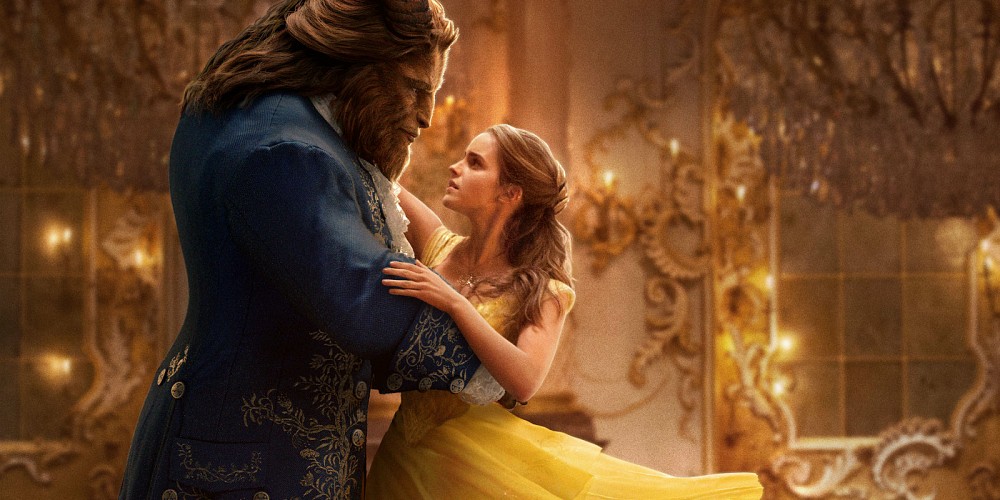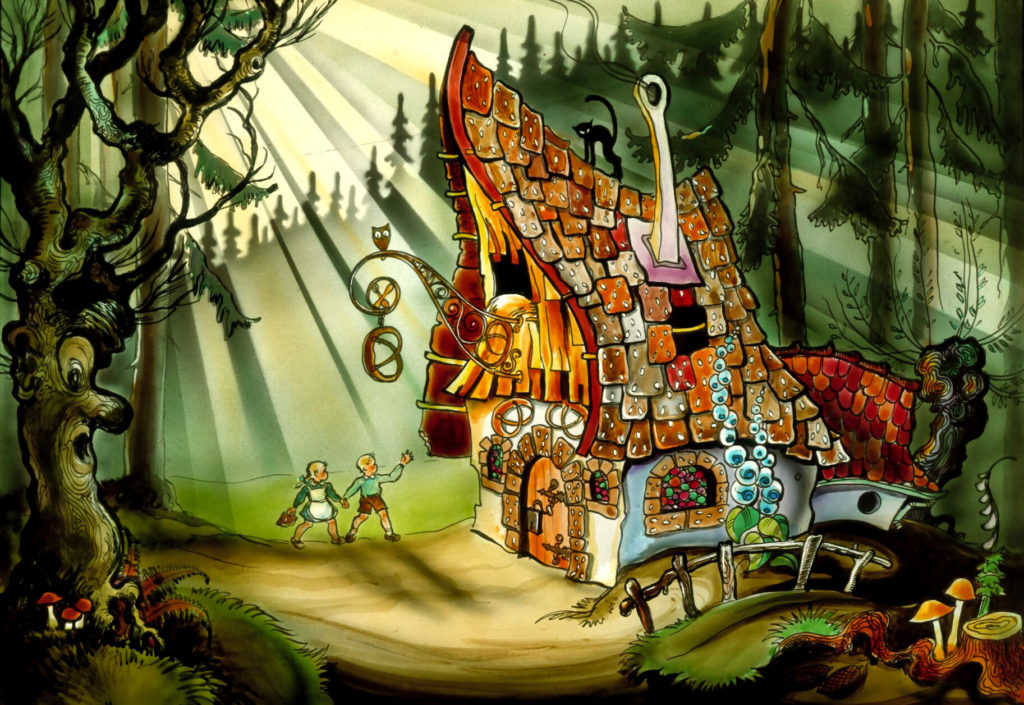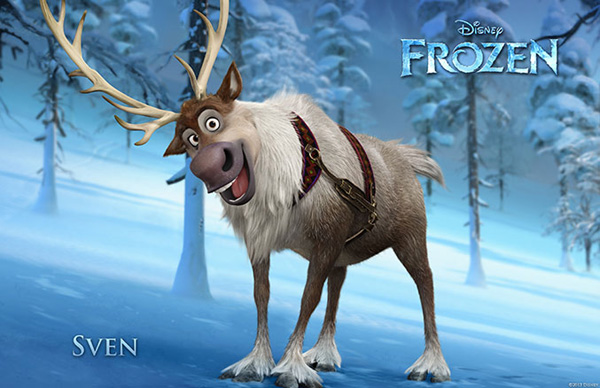How Do I Help My Kids Engage Culture
When I was growing up our world was a very different place and the influence of evangelicalism was very different as well. I remember the primary posture of the church toward culture was condemning culture. I remember well the frequent calls for boycotts. For some reason, a late 80’s call to boycott Procter and Gamble due […]
How Do I Help My Kids Engage Culture Read More »





